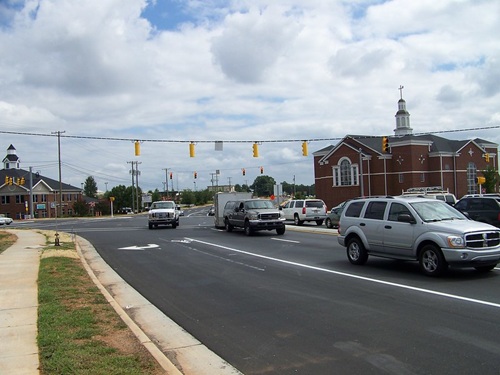New research by the University of California-Davis Institute for Transportation Studies indicates that the COVID-19 pandemic has had and will continue to have a “profound impact” on how much people move around, their means of transportation, and on who gets to stay at home; trends that will create “long-term shifts” in transportation usage across the country.
[Above photo by WSDOT.]
The researchers conducted surveys targeting 15 regions of the United States and two in Canada – polling more than 11,000 people on an ongoing basis. In the short term, there was a big decrease in travel overall as people followed stay-at-home orders, bringing short-term benefits in reduced pollution, greenhouse gas emissions, and vehicle collisions.

However, as people began to move around again, car transportation recovered more quickly than public transport, UC-Davis found.
With less ridership, public transportation systems are facing reduced revenues just as local and state government budgets feel the economic impact of COVID-19 – meaning funding is becoming a big issue for public transport.
The pandemic also seems to be causing “lasting changes” in how people live and work, UC-Davis researchers found – at least for people who are able to work remotely.
They said that, before the pandemic began, people in the top 20 percent of income level were most likely to travel away from home. Yet after the pandemic hit in mid-March, high earners were more likely to stay home — jumping from 25 percent to 45 percent — than people with the lowest 20 percent of incomes.
People at lower income levels are more also likely to have jobs that require them to be physically present, the school’s researchers noted — for example, in restaurants or retail — and are also more likely to have lost their jobs or had hours reduced in the downturn.
 Top Stories
Top Stories


